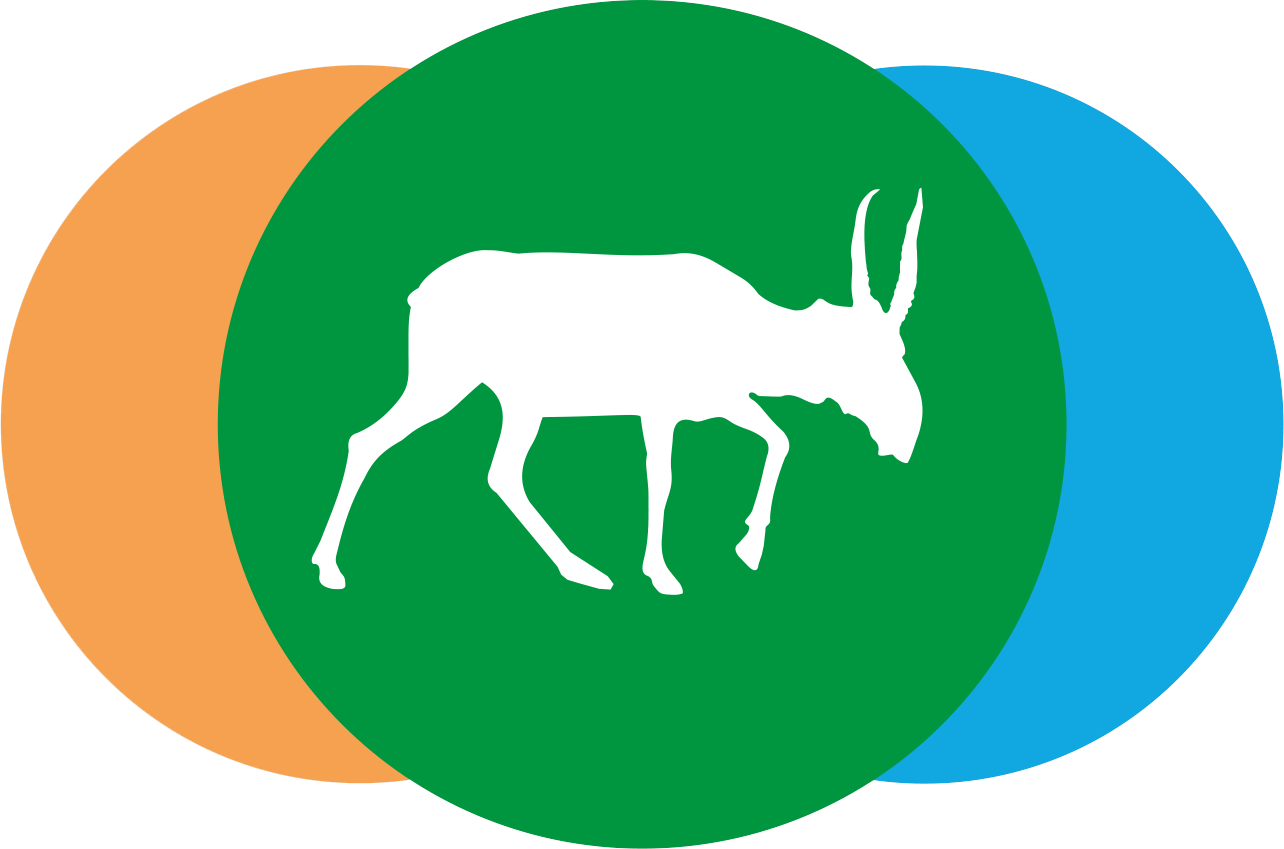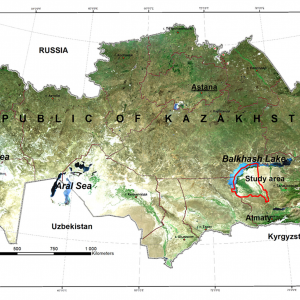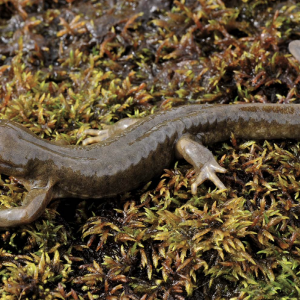Ecological modeling of Locusta migratoria L. breeding conditions in South-Eastern Kazakhstan
Authors: D. V. Malakhov, N. Yu. Tsychuyeva and V. E. Kambulin
Abstract. Background. The method of ecological niche modeling (ENM) was applied to reconstruct the nesting conditions of one of the most widely-known pest species, Locusta migratoria asiatica, with a focus of nesting in Balkhash-Alakol basin. The ENM uses a set of input environmental variables to analyze and select the key factors from the entire input set. The key factors are the climatic variables which define the wellbeing of an organism; and the range of these variables may be calculated with statistical and GIS approaches.


